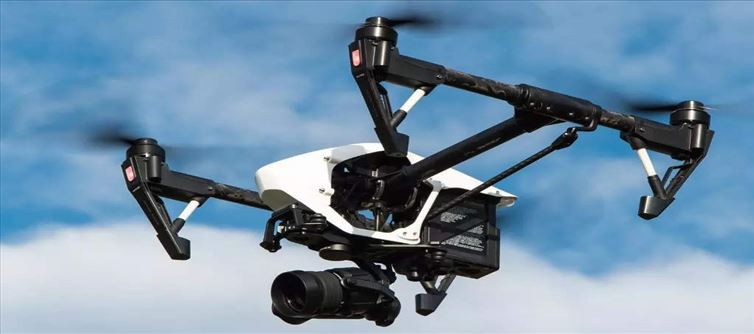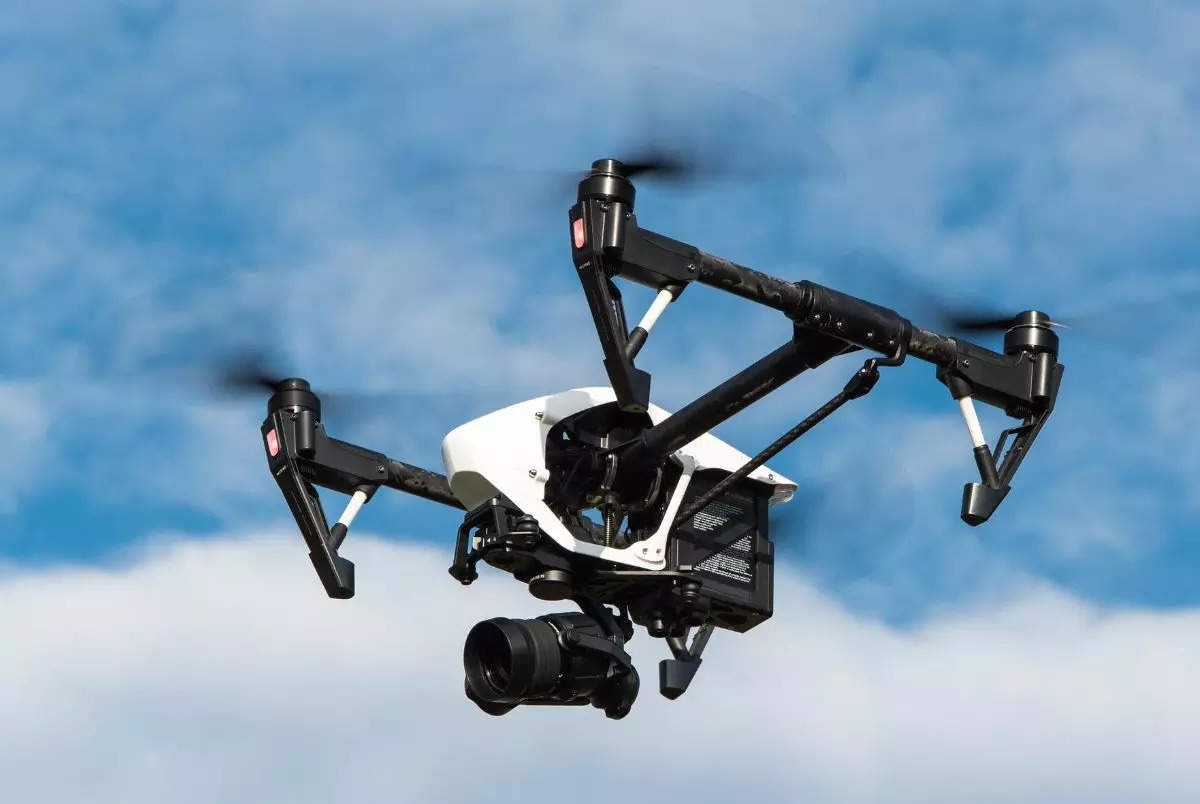
At present, weather balloons are collected twice a day from at least 55 locations across the country. But now soon the drones are going to replace the weather balloons.

Meteorologists use weather balloons at the present time to collect recent weather data. These balloons are released at least twice a day, sometimes needing to be released more often. Repeated releases are used when weather conditions change rapidly, suggesting the need for more data from the atmosphere. Information about temperature, atmospheric pressure and humidity is collected through these balloons. This information is used in weather forecasting, and to track general weather trends. But now soon drones will be used for this work.
Atmospheric data is collected by sending sensors through weather balloons from 55 locations in India. Devices like radiosonde, hygister and transmitter are installed in these balloons. It is directly connected to the GPS system. With this, the meteorological department gets information about the temperature, wind direction and speed along with humidity. This hydrogen-rich balloon can go up to a height of 12 km to 38 km. Due to being connected to the GPS system, the Meteorological Department records the complete information up to such a height.
.jpg)
However, the meteorological department cannot get these balloons back as they move away from the weather stations and the equipment in it also goes with them. And for this reason, they need to be released in the sky at least twice a day, so that the changes in the weather can be taken. But now soon drones can replace these weather balloons.
According to M Ravichandran, Secretary, Ministry of Earth Sciences, "We are now exploring the possibility of using drones to collect these atmospheric data which is important for weather forecasting." The biggest advantage of drones over weather balloons is that they can be controlled, directed to fly at more or less altitude.
.jpg)
The india Meteorological Department (IMD) plans to use drones to collect data up to an altitude of 5 km and compare it with the data collected using conventional weather balloons. Meanwhile, IMD has invited academics and others to test the potential of drone technology to collect weather data.
The weather balloon flight usually lasts for two hours, while the IMD hopes to collect data from a 40-minute flight using a drone. If successful in this, then the damage to the equipment installed in the balloons can be reduced. According to IMD, he loses equipment through 100 balloons every day.




 click and follow Indiaherald WhatsApp channel
click and follow Indiaherald WhatsApp channel